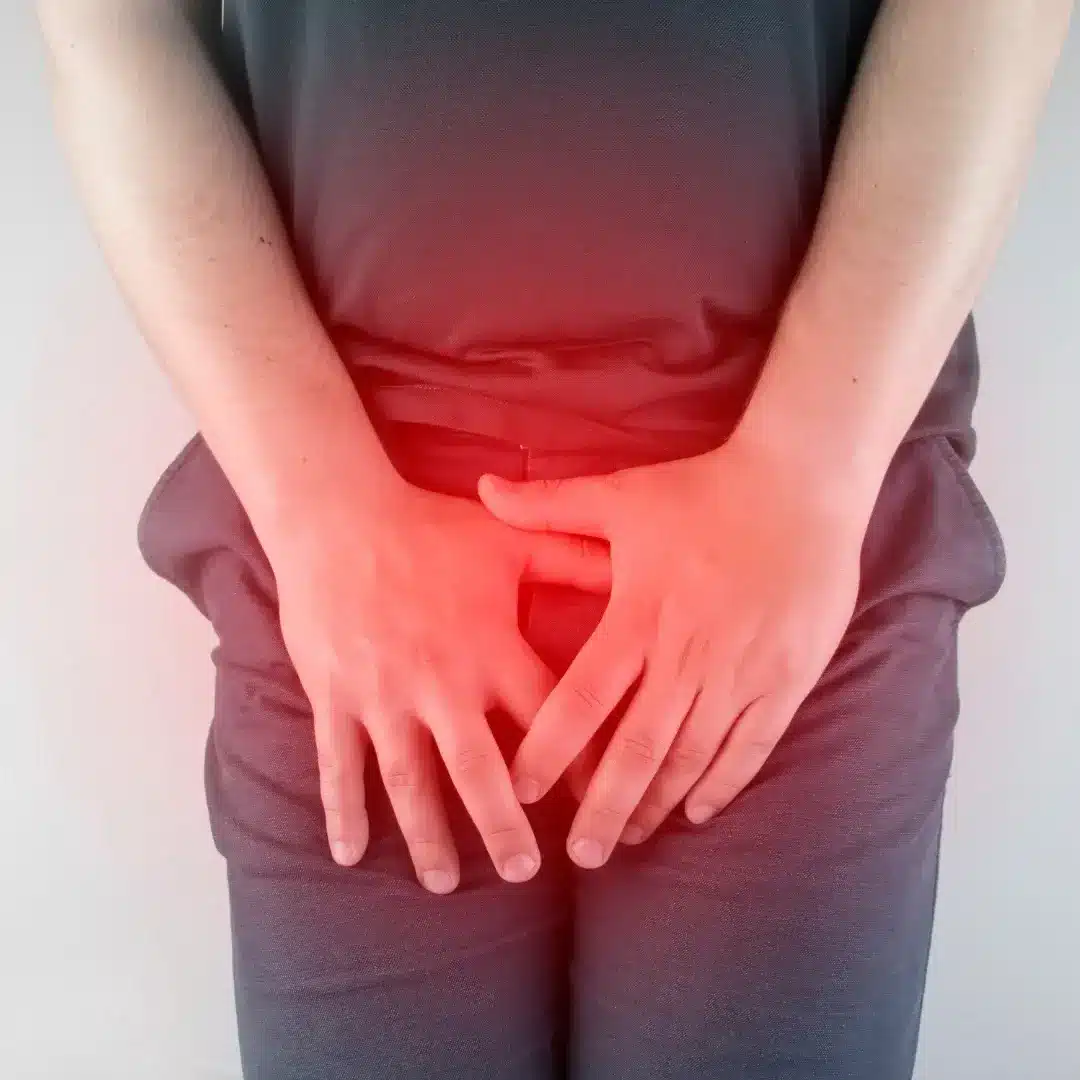Overview:
A groin strain, commonly referred to as a pulled groin, is an injury involving the tearing or overstretching of the muscles located in the inner thigh and groin area. This injury often occurs during sports activities or sudden movements that involve rapid changes in direction, leading to pain, tenderness, and reduced mobility.
Anatomy:
The groin muscles, also known as the hip adductor muscles, include the adductor longus, adductor brevis, adductor magnus, gracilis, and pectineus. These muscles originate from the pelvis and attach to the femur (thigh bone), playing a vital role in stabilising the hip joint and facilitating movements such as walking, running, and kicking.
Causes:
Groin strains can result from various factors, including:
- Sudden Movements: Quick changes in direction, acceleration, or deceleration during sports activities, such as soccer, basketball, or sprinting, can strain the groin muscles.
- Forceful Stretching: Overstretching or forcefully extending the groyne muscles beyond their normal range of motion, particularly during kicking, jumping, or twisting motions, can lead to muscle strain.
- Weakness or Imbalance: Weakness or imbalance between the groin muscles and opposing muscle groups, such as the hip abductors or core muscles, may increase the risk of strain during physical activity.
- Poor Warm-up: Inadequate warm-up exercises or insufficient stretching before engaging in intense physical activity can predispose individuals to muscle strains and injuries.
Symptoms:
Signs and symptoms of a groyne strain may include:
- Pain: Sharp or stabbing pain in the groin area that worsens with movement, especially during activities such as walking, running, or kicking.
- Tenderness: Increased sensitivity and tenderness to touch over the affected groin muscles, particularly along the inner thigh.
- Swelling: Swelling or bruising may develop around the groin area within hours or days of the injury, indicating tissue damage and inflammation.
- Weakness: Difficulty bearing weight on the affected leg or performing activities that involve hip adduction or flexion due to muscle weakness or pain.
- Stiffness: Stiffness or tightness in the groin muscles, limiting flexibility and range of motion in the hip joint.
- Popping Sensation: Some individuals may experience a popping or snapping sensation at the time of injury, indicating muscle or tendon damage.
Diagnosis:
Diagnosis of a groin strain typically involves a thorough assessment of symptoms, medical history, and physical examination by a healthcare professional. Imaging tests, such as ultrasound or MRI scans, may be recommended to evaluate the extent and severity of muscle or tendon damage and rule out other possible causes of groin pain.
Treatment:
Treatment for a groin strain focuses on reducing pain, inflammation, and muscle tension while promoting healing and restoring function:
- Rest and Immobilisation: Avoiding activities that aggravate pain and limiting weight-bearing on the injured leg can facilitate the healing process and prevent further strain.
- Ice Therapy: Applying ice packs to the affected area for 15-20 minutes every few hours can help reduce pain, swelling, and inflammation.
- Compression: Using compression bandages or wraps around the groin area can minimise swelling, provide support, and stabilise the injured muscles.
- Elevation: Elevating the affected leg above heart level, especially during rest or sleep, can reduce swelling and promote fluid drainage.
- Pain Management: Over-the-counter pain relievers, such as acetaminophen or NSAIDs, may be used to alleviate pain and discomfort.
- Physical Therapy: Gentle stretching and strengthening exercises prescribed by a physical therapist can improve flexibility, strength, and range of motion in the groin muscles.
- Gradual Return to Activity: Gradually reintroducing activities and exercises once pain and swelling have subsided can help rebuild muscle strength and function while minimising the risk of reinjury.
Outlook/Prognosis:
The prognosis for a groin strain depends on the severity of the injury, promptness of treatment, and adherence to rehabilitation protocols. Most mild to moderate groin strains heal within a few weeks with conservative management, while severe strains or those involving tendon rupture may require longer recovery times and possibly surgical intervention. Early intervention, proper rest, and guided rehabilitation are essential for optimal recovery and prevention of recurrent injuries. If symptoms persist or worsen despite conservative measures, further evaluation by a healthcare provider may be necessary to explore additional treatment options.

